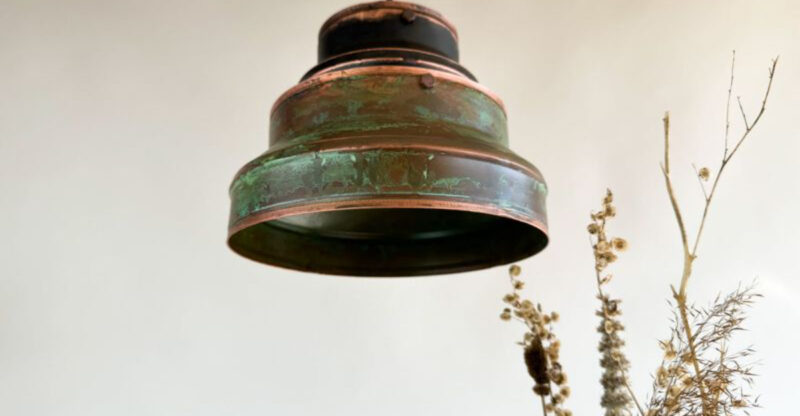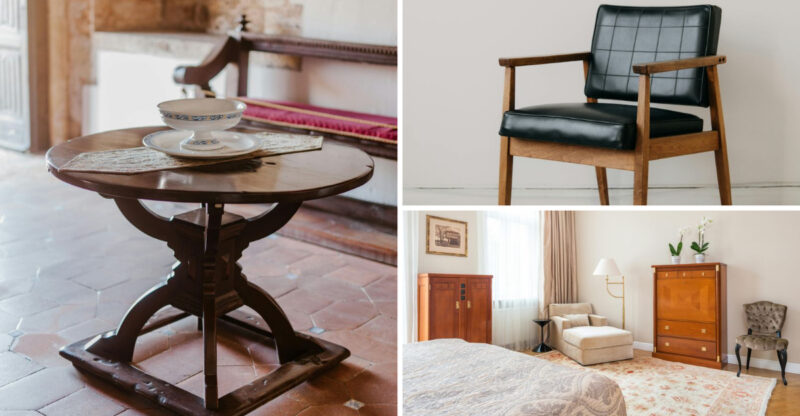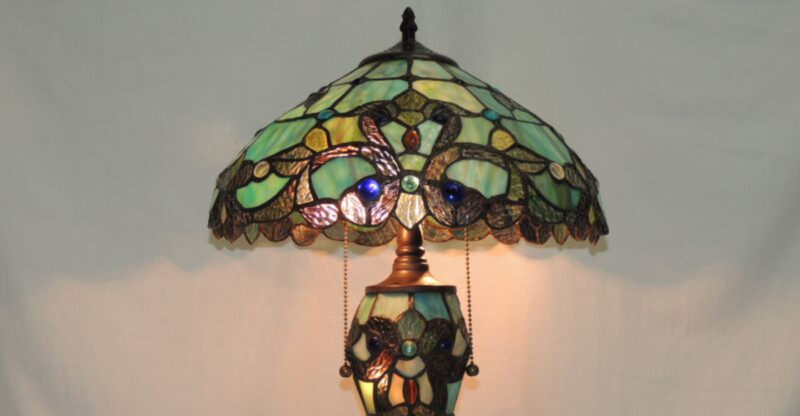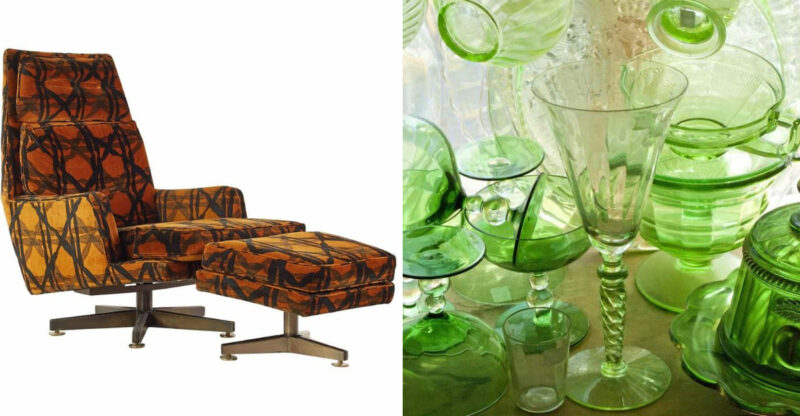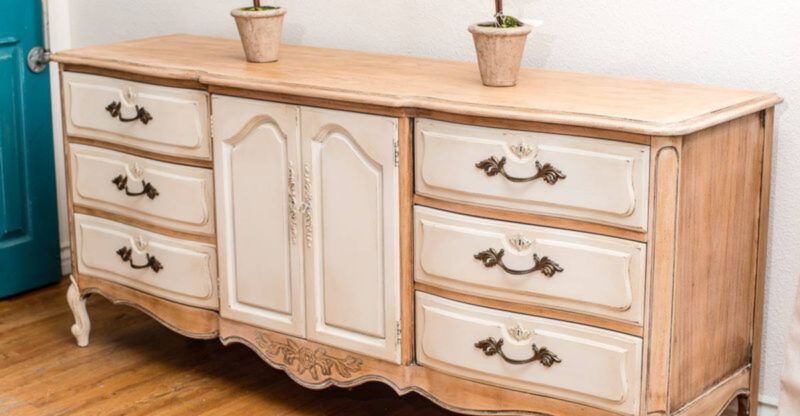North Carolina Antique Finds That Are Quietly Gaining Value

Antique hunting in North Carolina reveals hidden treasures with surprising value. From coastal towns to mountain villages, the Tar Heel State’s rich history has left behind countless artifacts now catching collectors’ eyes.
I’ve noticed certain items from North Carolina’s past are steadily climbing in worth, often flying under the radar of mainstream antique markets.
1. Appalachian Handcrafted Furniture
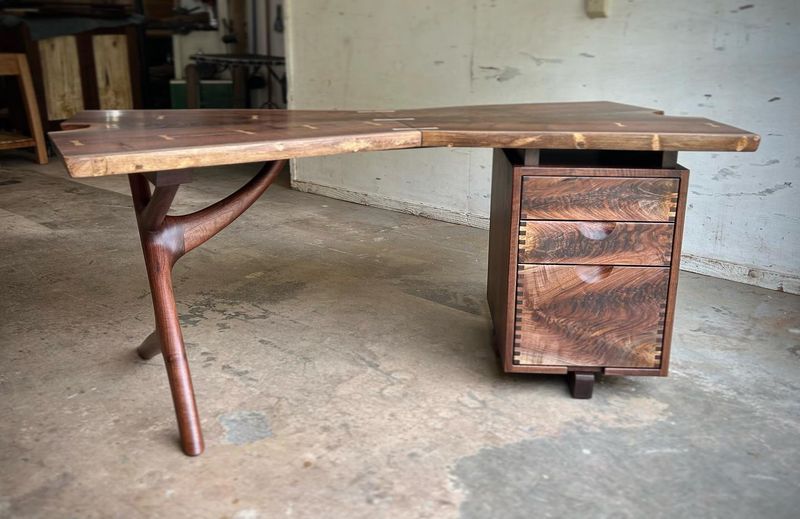
Mountain craftsmanship speaks through every joint and curve of these sturdy pieces. Handmade chairs, tables, and cabinets from small Appalachian workshops are quietly tripling in value, especially those made with traditional joinery techniques rather than nails or screws.
My favorite finds come from the 1880s through 1940s when necessity drove innovation. The warm patina of well-used walnut, cherry, and maple tells stories of generations.
Keep an eye out for hand-carved details and mortise-and-tenon construction as hallmarks of quality.
2. Cherokee Crafts Pre-1950
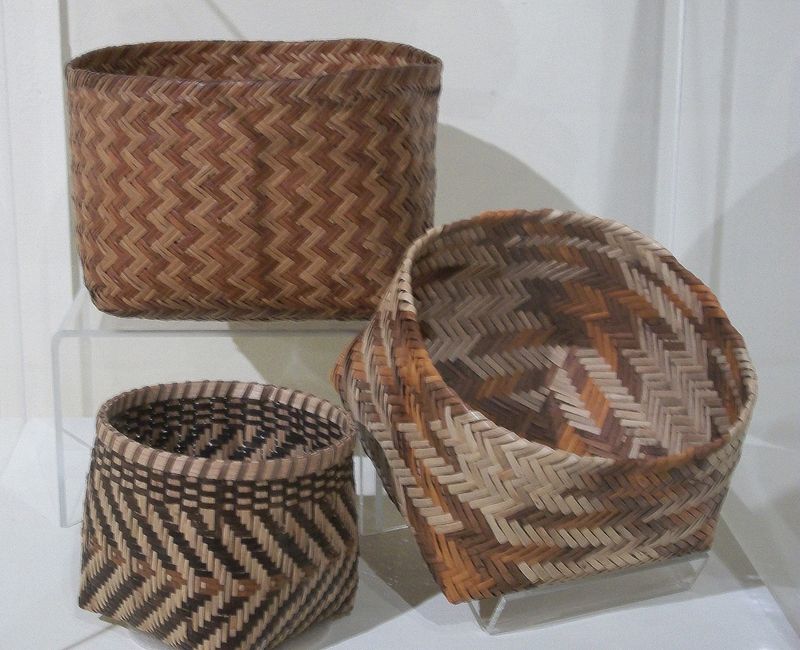
Hand-woven baskets tell stories through their intricate patterns. Cherokee-made crafts from before 1950 – especially rivercane baskets, pottery, and carved wooden masks – have seen quiet but substantial value increases as collectors recognize their cultural and artistic significance.
The most valuable pieces show traditional techniques and materials rather than those made for the tourist market. Natural dyes and authentic materials like rivercane, white oak, and walnut hulls indicate higher quality and authenticity.
Always purchase such items respectfully, recognizing their cultural importance beyond monetary value.
3. Moonshine Stills and Prohibition Items
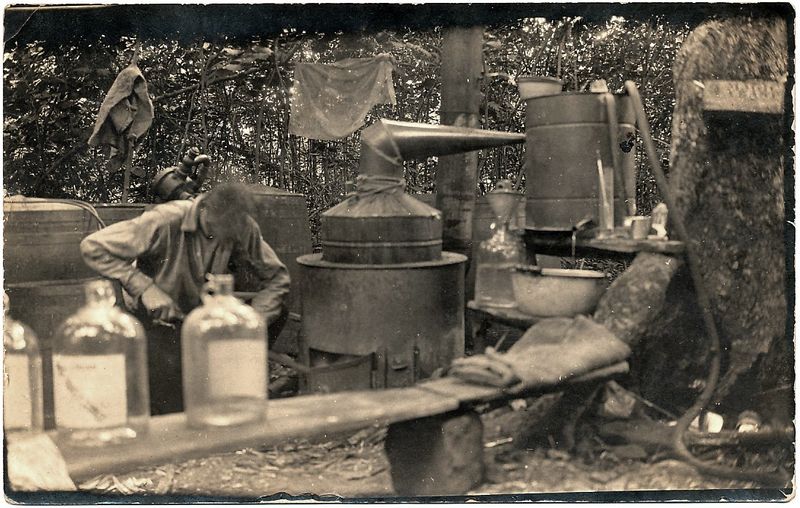
Copper contraptions with mysterious pipes once hid in mountain hollows. Now these artifacts from North Carolina’s bootlegging history command serious attention from collectors and museums alike.
Complete stills are exceptionally rare, but even components like copper worms (condensation coils), mash barrels, and jugs with period markings have significant value. The mountain counties with strong moonshining traditions – like Wilkes, the self-proclaimed ‘Moonshine Capital’ – produce the most sought-after items.
Revenue agent badges and arrest records add fascinating historical context to these prohibited pieces.
4. Seagrove Pottery From Lesser-Known Artists
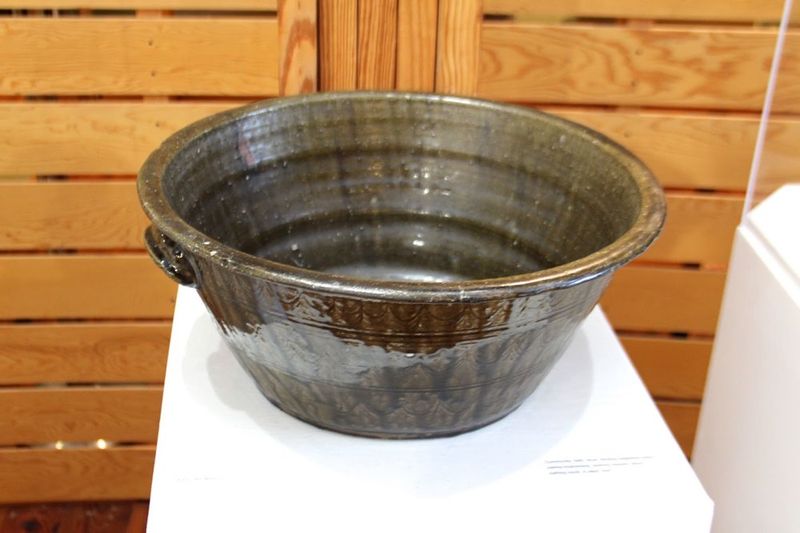
You might walk right past these unassuming clay pieces at estate sales. Pottery from Seagrove’s smaller studios and forgotten artisans is becoming increasingly valuable, especially pieces made between 1930-1960.
I recently watched a simple bowl by an apprentice potter sell for triple its expected price. The distinctive red clay and traditional alkaline glazes make these pieces uniquely North Carolinian.
Look for maker’s marks on the bottom – even damaged pieces from certain potters can fetch surprising sums.
5. Textile Mill Memorabilia

Remember those old cotton mill towns that once dotted our state? Factory whistles, employee badges, and company store tokens from North Carolina’s textile heyday have become collector’s gold.
Just last month, a simple brass token from Cannon Mills sold for $175 at auction. The most valuable items come from mills that closed before 1950 or those with strong connections to labor movements.
Photographs of mill workers and their families carry both historical significance and emotional appeal that drives their increasing value.
6. Piedmont Tobacco Farming Artifacts
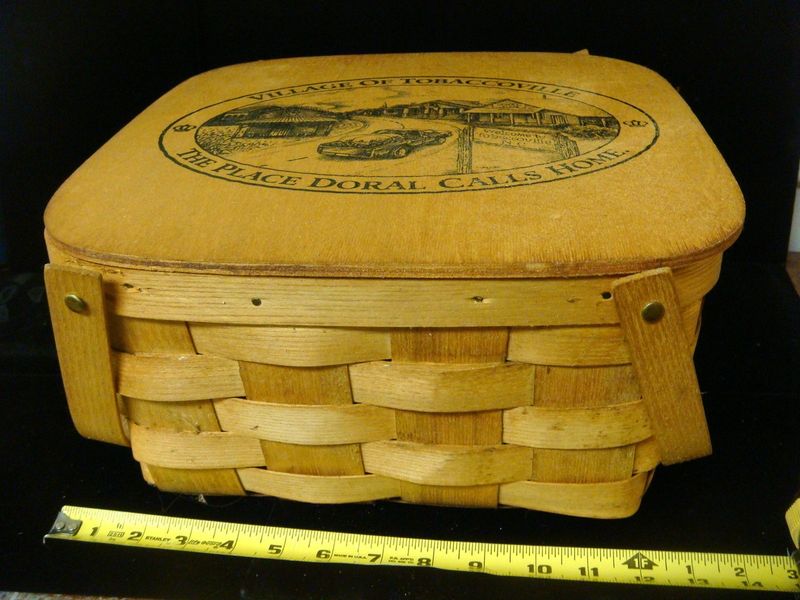
Golden leaf history holds surprising value today. Tobacco baskets, auction tags, warehouse signs, and specialized tools from North Carolina’s tobacco farming legacy have transformed from utilitarian objects to prized collectibles.
The large flat tobacco baskets once used for displaying leaves at market now fetch hundreds when in good condition. Original painted signs from tobacco warehouses command even higher prices, especially from closed or historic markets like Durham or Winston-Salem.
Family-named items with clear provenance to specific farms or warehouses typically command premium prices.

